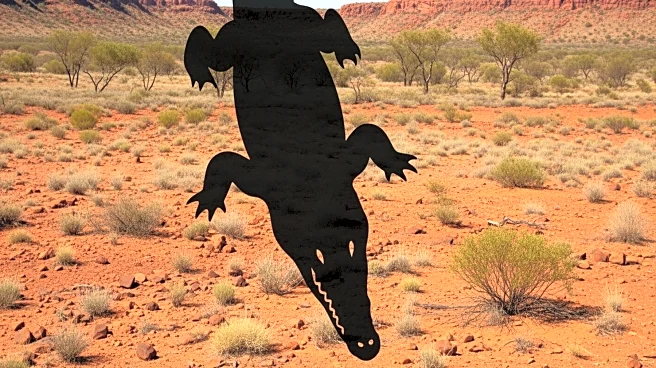What's Happening?
Scientists have sequenced RNA from a 40,000-year-old mammoth named Yuka, providing insights into the creature's final moments. The RNA was extracted from well-preserved leg tissue found in Siberian permafrost,
revealing which genes were active at the time of death. This study marks the first time RNA has been used to understand the biological processes of an extinct organism, offering a new avenue for paleogenetic research.
Why It's Important?
The ability to sequence ancient RNA opens new possibilities for studying extinct species, providing detailed insights into their biology and evolution. This research could enhance understanding of ancient viruses and contribute to efforts in de-extinction projects. It represents a significant advancement in paleogenetics, potentially revolutionizing the study of ancient life forms.











